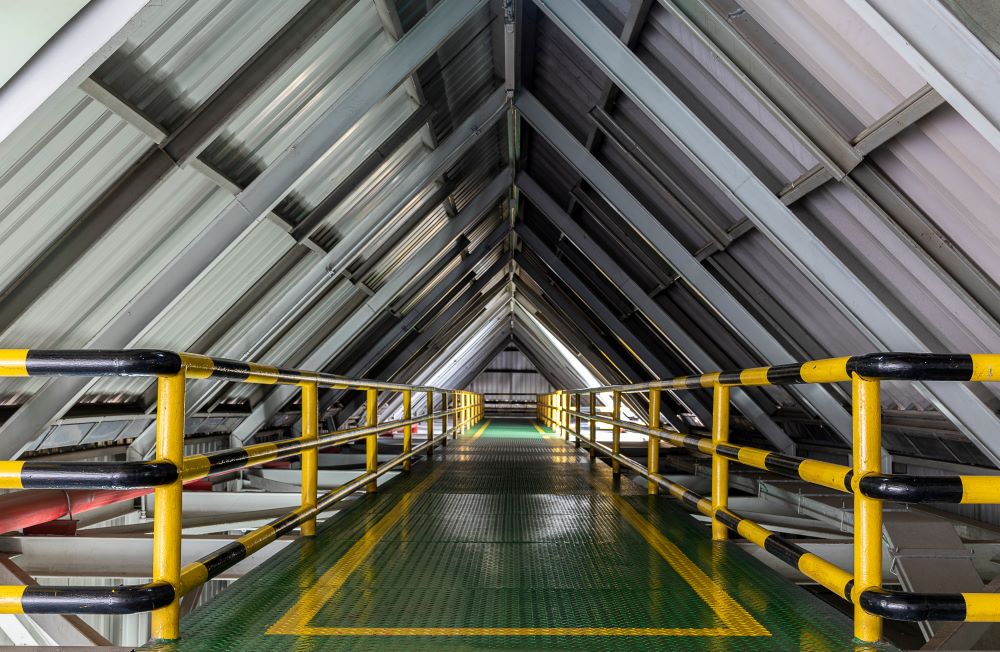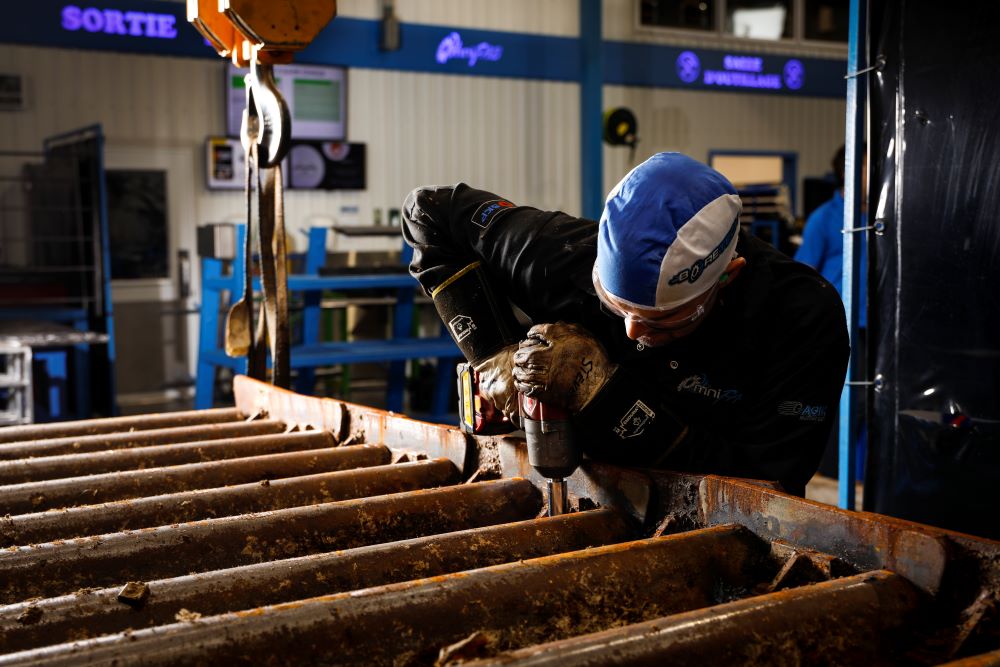Whether your company is involved in mining, metallurgy, petrochemicals or any other industry, carrying out a risk analysis should be at the top of your priority list.
In fact, a rigorous OHS (Occupational Health and Safety) risk analysis is one of the essential components for ensuring a safe and healthy workplace for your employees and operating in full compliance with current regulations.
But how do you carry out a proper risk analysis?
In this text, our risk analysis specialists will guide you through the process, highlighting a number of points to be aware of and consider.
Important concepts to know before conducting a risk analysis
Before you start a full risk analysis, there are a few things you should be aware of.
What is the AROHS?
Adopted by the Quebec government in 1979, the Act respecting occupational health and safety (AROHS) is a preventive law whose main objective is to eliminate at source dangers to the health, safety and physical integrity of workers.
It establishes mechanisms for the participation of workers, employers and their respective associations. It also sets out various prevention mechanisms, such as risk analysis.
Responsibility of the employer
According to the Commission des normes, de l’équité, de la santé et de la sécurité du travail (CNESST), employers are responsible for taking concrete measures to prevent accidents at work and occupational diseases.
Who should carry out the risk analysis?
The risk analysis must be carried out by a competent team that remains objective throughout the process.
The risk assessment must therefore be carried out by suitably trained people, whether from within the organisation or by an external team.
However, regardless of who inherits the responsibility for performing the risk analysis, employees who work with machines daily should be involved in the process. Because of their experience, they are in the best position to provide key information on work habits, tasks to be carried out, and so on.
The difference between a hazard and a risk
Risk management revolves around two main phenomena: hazards and risks.
Although they are often used synonymously in everyday life, these two terms designate different concepts in the context of risk analysis.
Thus, a situation or element that can cause damage or harm (e.g. a slippery floor) is considered a hazard, while risk is determined by the combination of the probability of that damage occurring and its severity.
Request a risk analysis of your machines
Steps in a risk analysis
A step-by-step approach can facilitate the implementation of a strategy. The following sections present typical steps in the risk analysis process as applied to machinery safety.
1 – Identifying hazards and risks
In general, the very first task in a risk analysis is to make a list of all the hazards and risks to which workers are exposed.
In its guide, the CNESST provides a checklist of hazardous phenomena associated with parts or tools.
To make sure you don’t forget any of them, you can also consider these points:
- Periodic inspections;
- The plant’s accident and incident log;
- Comments, complaints and suggestions from workers, supervisors or the health and safety committee;
- The experience of other companies in the same sector.
2 – Risk prioritisation and ranking
The second step is to prioritise the risks identified in the first step. This ensures that the most important risks are addressed first. To prioritise risks, the CNESST recommends the use of defined parameters:
- Risks that can lead to serious and immediate consequences (or the most dangerous situations);
- Risks considered most important by both the employer and the workers;
- The probability of an accident or incident occurring, and its possible consequences.
When the last two parameters are used, the severity of the harm corresponds to the damage. This is often expressed on a scale ranging from “minor” (damage to health requiring medical treatment) to “fatal” (damage that may result in death).
The probability of a hazardous event occurring is based on the level of exposure of employees to the risks, and on the possibility of avoiding the harm if a hazardous event occurs.
3 – Selection of corrective and preventive actions to be implemented
Once the risks have been identified and prioritized, it’s time to select the corrective and preventive actions to be taken.
The goal is to eliminate risks at their source. If this is not possible, other measures must be taken. The CNESST proposes different types of corrective measures to be applied according to the following hierarchy:
- Elimination at source: the hazard is eliminated from the workplace altogether;
- Replacement: the replacement of materials, processes or equipment with lower-risk equivalents;
- Engineering control: reducing the likelihood of a hazardous event occurring is reduced by preventing or limiting access to or exposure to the risk, reducing the energy available, or changing the way in which the risk is encountered (e.g. industrial guardrails);
- Awareness: the implementation of measures that improve workers’ ability to recognize risks and be vigilant;
- Administrative measures: methods that improve the ability of personnel to work safely (e.g. training, work methods, etc.);
- Personal protective equipment: this may include safety glasses, helmets, respirators, harnesses, etc. The use of personal protective equipment cannot be the only control measure implemented.
4 – Evaluate and monitor results
This final step determines the effectiveness of the corrective actions taken to reduce workplace risks.
You should take the time to ask yourself whether the various means used are providing the expected level of risk reduction.
Caution: even if your industrial safety measures seem to be bearing fruit, it will still be important to put in place means to ensure that the preventive measures remain in place and continue to be effective.
Omnifab: your best ally in risk analysis
In short, conducting a risk analysis is essential if you want to provide a healthy workplace for your employees and ensure that your company complies with the laws designed to protect workers. It’s a subject that needs to be approached with the utmost seriousness.
For the best possible risk analysis support, you can rely on our team. In addition to providing you with a complete analysis report, we can help you identify and implement the actions you need to ensure compliance. This turnkey approach is our signature!


